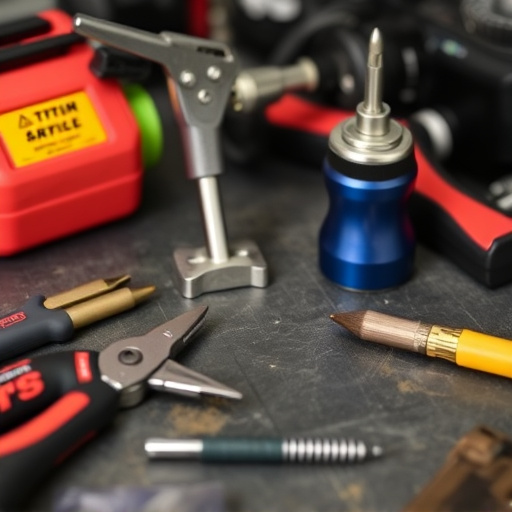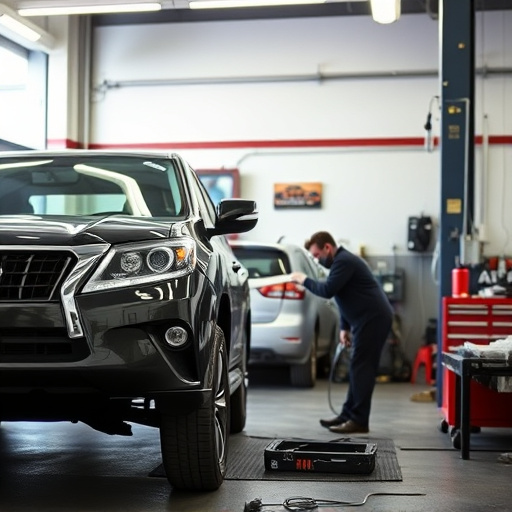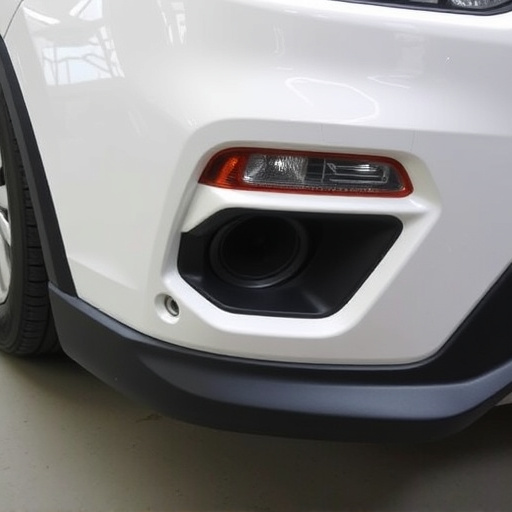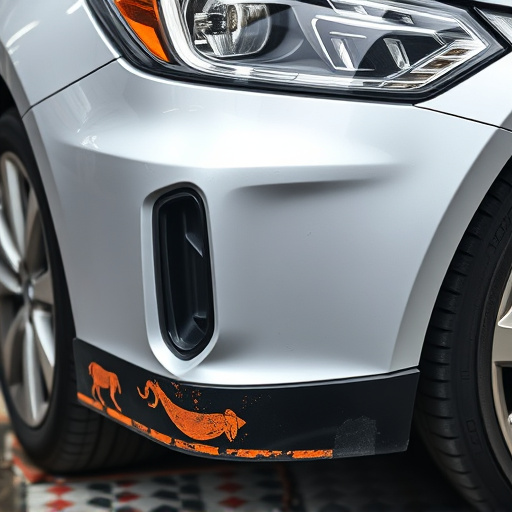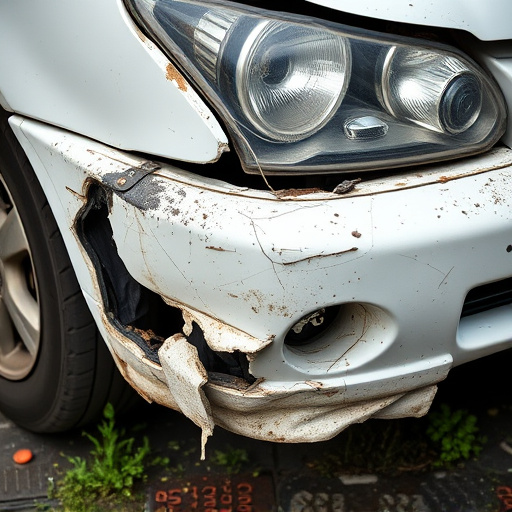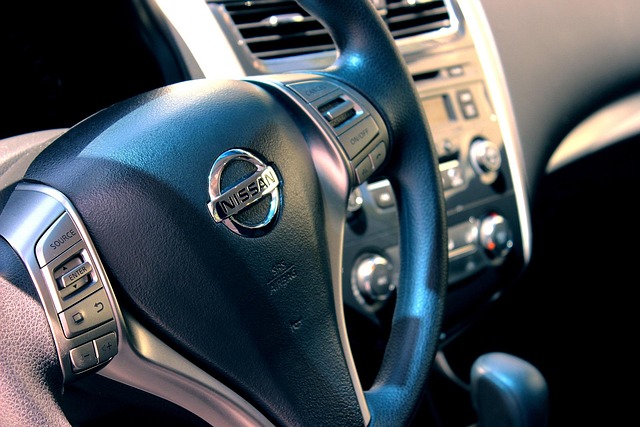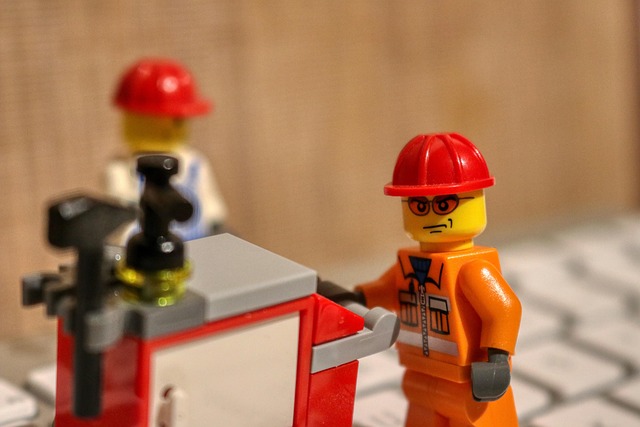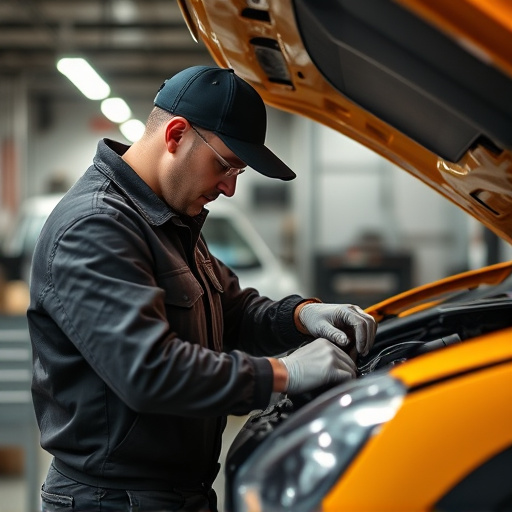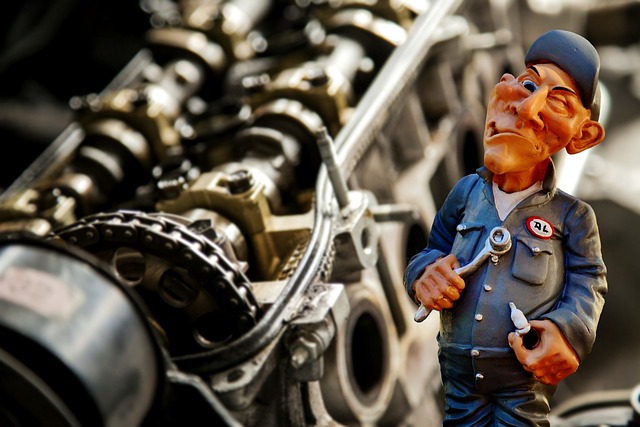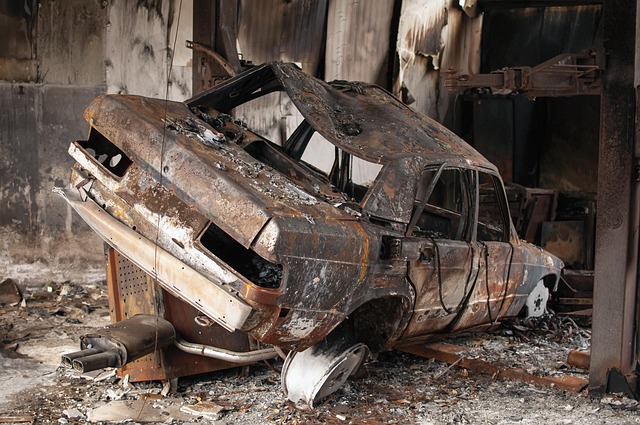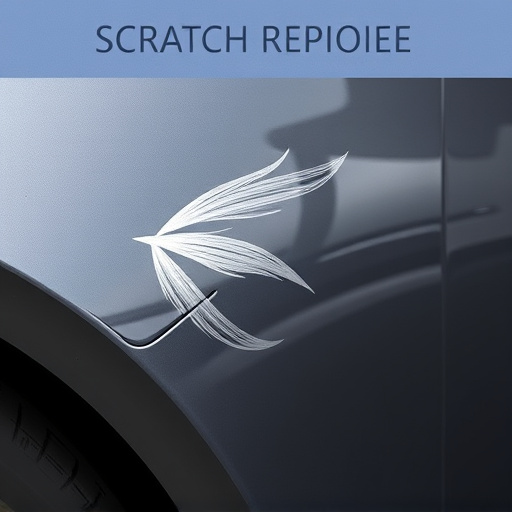The integration of technology into collision repair processes has revolutionized estimate generation. Digital tools enable precise and efficient assessments, surpassing manual methods. Advanced software captures detailed vehicle data, reducing human error in bodywork and paint repairs. Estimators use specialized software to compare damage against a database of pre-existing records, providing tailored estimates that enhance customer satisfaction and minimize disputes. This digital transformation significantly improves the accuracy and turnaround time of collision repair estimates.
Digital tools are revolutionizing the collision repair industry, significantly enhancing the accuracy of estimates. This article delves into the transformative impact of technology on how collision repair shops manage estimates, from data collection to analysis. We explore the benefits of digital platforms in streamlining processes and improving communication with customers and insurance providers. Furthermore, we look ahead to future trends, including AI, virtual reality, and cloud-based systems, that promise even more precise and efficient collision repair estimate generation.
- The Role of Technology in Enhancing Estimate Accuracy
- – Exploring the impact of digital tools on collision repair estimates
- – Automating data collection and analysis for faster, more precise estimates
The Role of Technology in Enhancing Estimate Accuracy

The integration of technology into collision repair processes has revolutionized the way estimates are generated, ensuring higher accuracy and efficiency. Digital tools offer a more comprehensive and precise approach to assessing car damage, moving beyond traditional manual methods. With advanced software applications, technicians can now digitally capture and analyze vehicle data, including detailed images and sensor readings, which significantly reduces human error.
These technological advancements enable thorough inspections of car bodywork services, vehicle paint repair, and overall car damage repair. By utilizing specialized software, estimators can zoom in on specific areas, assess the extent of the damage, and compare it against a vast database of pre-existing repair records. This level of precision ensures that every collision repair estimate is tailored to the unique needs of each vehicle, minimizing over or underestimations and ultimately enhancing customer satisfaction.
– Exploring the impact of digital tools on collision repair estimates

The advent of digital tools has significantly transformed the landscape of collision repair, and one of its most notable impacts is on estimate accuracy. Traditional methods often relied on manual calculations and visual assessments, leading to varying levels of inconsistency. However, digital tools offer a more precise and efficient approach to collision repair estimates. These tools utilize sophisticated algorithms and software designed specifically for auto body shop operations, enabling technicians to input data with greater speed and accuracy.
By integrating digital solutions, tire services and auto body painting processes become more streamlined. Features such as 3D imaging and virtual estimating allow professionals to capture detailed vehicle damage, providing a comprehensive view that was previously limited to manual measurements and visual inspections. This technological advancement ensures that collision repair estimates are not just approximate but precise, ultimately leading to better customer satisfaction and reduced disputes over costs.
– Automating data collection and analysis for faster, more precise estimates

In today’s digital era, the process of creating collision repair estimates has undergone a remarkable transformation. Traditional methods often relied on manual data collection and analysis, which could lead to time-consuming errors and imprecision. However, with advanced digital tools at their disposal, auto collision centers and auto body services are now able to streamline this critical aspect of their operations. These tools automate the initial assessment by capturing detailed vehicle information, accident history, and damage extent through digital imaging and sensor technology.
By leveraging such innovations, auto repair shops can significantly enhance the accuracy and speed of their collision repair estimates. Digital platforms provide real-time data analysis, enabling estimators to quickly access historical repair records, identify patterns, and account for various factors that influence cost and time. This not only ensures more precise quotes but also allows auto body services to provide customers with faster turnaround times, improving overall customer satisfaction and fostering a positive reputation in the industry.
Digital tools are transforming collision repair estimates by automating data collection and analysis. This results in faster, more precise evaluations, enhancing overall efficiency and accuracy. By leveraging technology, repair shops can provide customers with transparent and reliable collision repair estimates, fostering trust and satisfaction.
